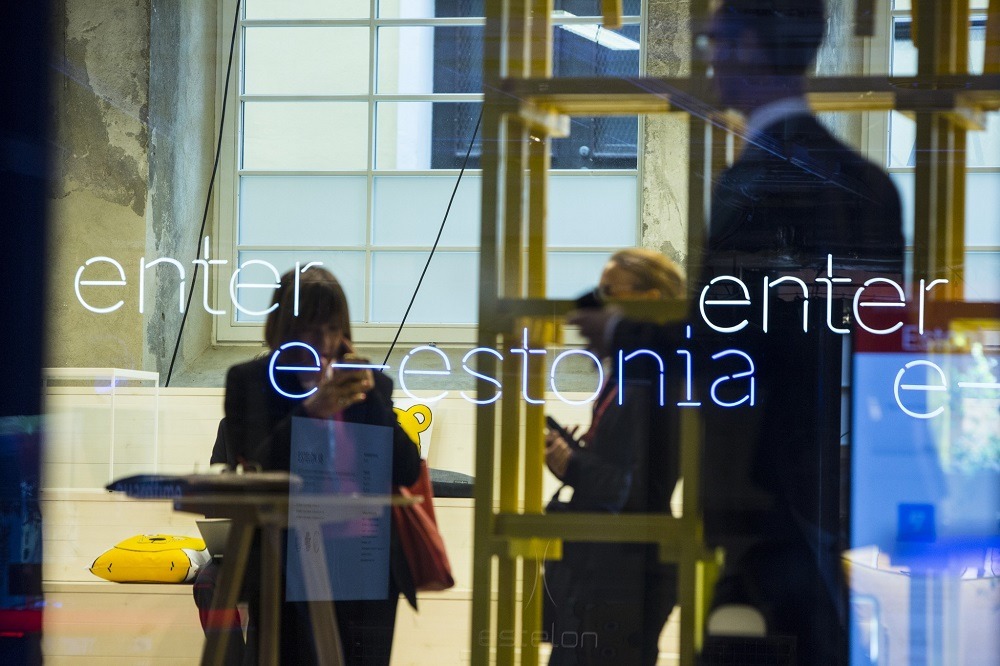Improving skills, becoming a world leader in data and digitising its core industries could all help boost levels of innovation in Europe

Consultancy McKinsey gave recommendations for Europe to increase innovation (Credit: Pixabay)
Once branded as a global leader in innovation, business in Europe now finds itself looking with envy at competitors in the US and Asia.
At a time when politics in the region seem more fractious than ever, consultancy firm McKinsey offered advice on how the continent can reclaim its title as a global powerhouse for business innovation.
The company’s research found that there are still causes for optimism — the number of AI start-ups in Europe has tripled over the past three years, it is home to a strong research community and has industrial strength.
But, despite incubating a number of AI companies that have reached unicorn status, the rate of progress remains half that of the US, while investment in Chinese technology companies is also outstripping the amount of funding received by European counterparts.
Europe is also playing catch-up in terms of research and development spending, with the 8% average spend of European software and computer services firms lower than the 11% spent by Chinese companies and 77% spent by those in the US.
Similarly its lack of “superstar firms” (large companies in the top 10% for economic profit), number of digital platforms and investment in next-generation technologies was also found to be holding the continent back.
McKinsey’s regional managing partner for Europe Pål Erik Sjåtil said: “Innovation is a key driver of economic growth and European leaders need to be bolder in thinking about ways to innovate more effectively.
“Europe is still a beacon of innovation, particularly in areas such as manufacturing and robotics. And there’s no shortage of talent or start-ups. What’s missing is a focus on scaling up.”
Five ways for Europe to improve innovation
Drawing on industrial strengths
One of the first recommendations is for Europe to play to its industrial strengths.
Innovation within manufacturing sectors remains high, with nine out of 16 “beacons” of technology and innovation in manufacturing identified by the World Economic Forum and McKinsey located in Europe.
Fostering co-operation across industry boundaries is one method of scaling up the innovation that is already happening within certain sectors.

The European Automotive Telecom Alliance is one example of cross-industry collaboration, which has seen car manufacturers and telecoms companies work together on automated driving and technology tests.
The introduction of test-beds for new technologies that can combine research efforts from a number of companies and tailoring industrial policy to the continent’s strengths were other suggestions from the report.
Become a leader in data governance
The EU has already taken leading action on data governance and privacy, such as the introduction of GDPR.
As social media companies and online platforms continue to vie for a monopoly on data and more data-reliant technologies such as AI come to the fore, Europe is well positioned to become a leader in data policy.
Access to data will continue to act as a differentiator between businesses, and McKinsey has recommended that Europe aims to allow secure access to data pools to allow for innovation.
One such example would be providing healthcare or transport companies access to relevant government data, or changing the way ownership of data is treated to allow smaller start-ups to access private-held data, as was seen with open banking regulation in the UK.
The size of the digital population in Europe also raises the possibility of digital identity taking off across the continent as a new way for citizens to prove their identity online.
Public-sector procurement
The report also makes suggestions for transforming Europe’s large public sector into a core strength.
Europe’s procurement spending on public services and products amounts to 14% of its GDP annually, equal to about €2tn ($2.2tn).

This high procurement spend could help encourage innovation by providing capital incentives for start-ups and re-investing in research.
It also recommends following the e-Estonia model in order to stimulate digital transformation across all government services.
Openness and connectedness as an alternative to scale
With industries across the board citing a skills shortage, immigration and open borders could prove a key differential for Europe on the global business stage.
Making it simpler for high-skilled professionals to move between countries and changing taxation on stock options would make the continent more attractive to international talent, according to McKinsey.
Jan Mischke, a partner at McKinsey Global Institute, added: “Talent is one of the most important ingredients of innovation – attracting global talent can not only fill important gaps, but also reinforce links to other innovation hubs and markets.”
It would also help to boost Europe’s status as an open and collaborative place for businesses to operate.
Encourage international firms to locate in Europe
The last recommendation involves leveraging the scale of global firms and encouraging more international businesses to locate in Europe.
Europe is traditionally considered an open economy and could do more to encourage companies from across the world to move their innovation centres and research departments to the continent.
One example involves Chinese technology giant Tencent’s purchase of a 5% stake in European video game company Ubisoft for $450m.
In return, Ubisoft gained access to the Chinese market, as well as new technologies to help it scale up.


